This piece was provided by CODO Design, a food and beverage branding firm, and authors of Craft Beer, Rebranded. This book (and companion workbook) is a step-by-step guide to help you map out a successful strategy for rebranding your brewery. Join 5,000+ other brewing industry folks on the Beer Branding Trends newsletter to receive monthly field notes covering trends, currents and actionable advice from the front lines of beer branding.
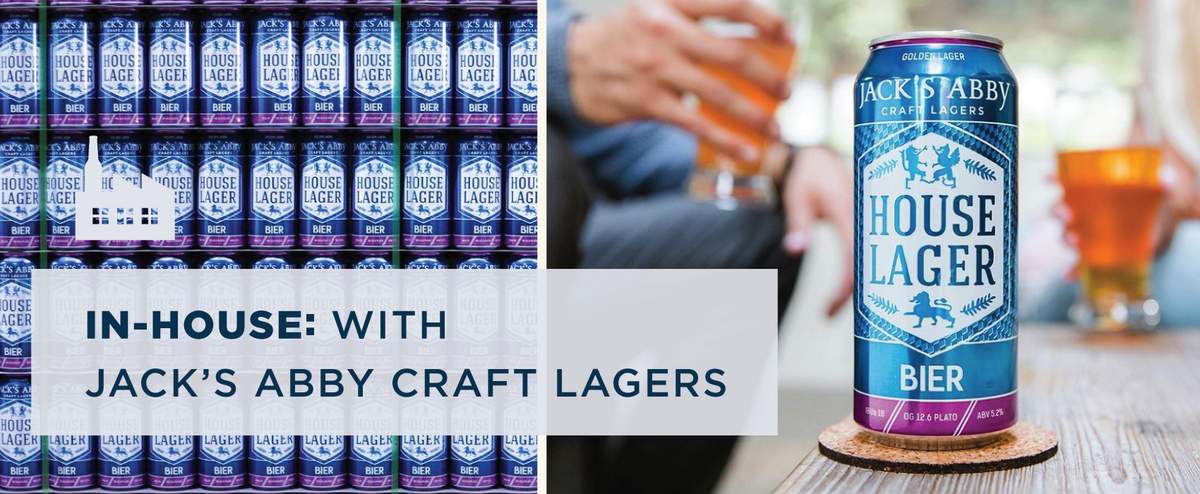
It’s harder than ever to cut through the noise and stand out in today’s fractured beer market. This is true for startup breweries and established concerns alike — there’s just so much beer being made that you have to have a clear and compelling reason for people to consider your brand.
You have to have phenomenal beer and world-class branding, like always. But then you also have to have a well-oiled sales and marketing machine. And your distribution needs to be squared away. And on and on and on. One way to — I won’t say short cut, but rather, make it easier for people to grasp what your brewery stands for and why they should care — is to focus on your positioning.
Positioning isn’t just a task you check off of your business planning list, but rather an important way of determining how you are *actually* different from your competition. Not necessarily better, but different enough for people to quickly understand when and why they should buy your beer.
And beyond powerful origin stories, and fun brand names and identities and even cause-based brands, one of the cleanest ways of achieving concrete positioning is to hone in on a single beer style and execute it well all day, every day. For today’s In-House conversation, I reached out to a brewery who is doing just that.
Jack’s Abby Craft Lagers is a renowned lager brewery. Their beer is phenomenal, their branding is great, and they navigated the pandemic expertly. It would be easy to have (no value judgement here) released a hard seltzer, or hazy IPA last year when everyone was on their heels trying to figure out what the next move was while navigating lockdowns. But rather than be reactive, Jack’s Abby’s Senior Director of Marketing, Rob Day, and his team doubled down on what makes their brewery noteworthy in the first place. And they’re reaping the benefits of those moves every day.
Let’s discuss some of their behind the scenes thinking and see what could apply to your brewery’s branding and positioning.
Isaac (CODO): Hi Rob. Please introduce yourself and tell the readers what you do at Jack’s Abby Craft Lagers.
Rob: Hello Readers! I am Rob Day and I help shape and share the story of Jack’s Abby Brewing Co. Officially, I am the Senior Director of Marketing.
CODO: Can you give us a run down on Jack’s Abby — how was the brewery started, what kind of beers do you brew, annual bbls brewed and distribution footprint?
Rob: This feels like it could be best answered with a “How it started. How it’s going.” Meme, but I’ll try to do better. Jack’s was founded by the 3 Hendler brothers — Jack, Eric and Sam. They grew up in an entrepreneurial family, but with the family business sold, they had to carve their own frontier.
Jack (the eldest) fell in love with brewing, especially the historic, traditional, and exceptional brewing techniques in Germany. After training in these methods he saw an obvious lack of quality, interesting, craft brewed lagers in the US. This was 10 years ago mind you and lagers were still the domain of big beer. So he gathered up his brothers and dove head first into this crazy adventure.
Today, we operate in a northeast regional distribution footprint covering all of New England, New York, and New Jersey. We currently sell just under 50,000 bbls of beer per year in that territory.
Our portfolio is extremely diverse for a lager brewery. Of course, we toil over the perfect pilsner and legendary fest beer. But we also helped invent the IPL category, and have been known to make an Imperial Baltic Porter or Lager Wine. If it can be lagered — we’ll probably try it.
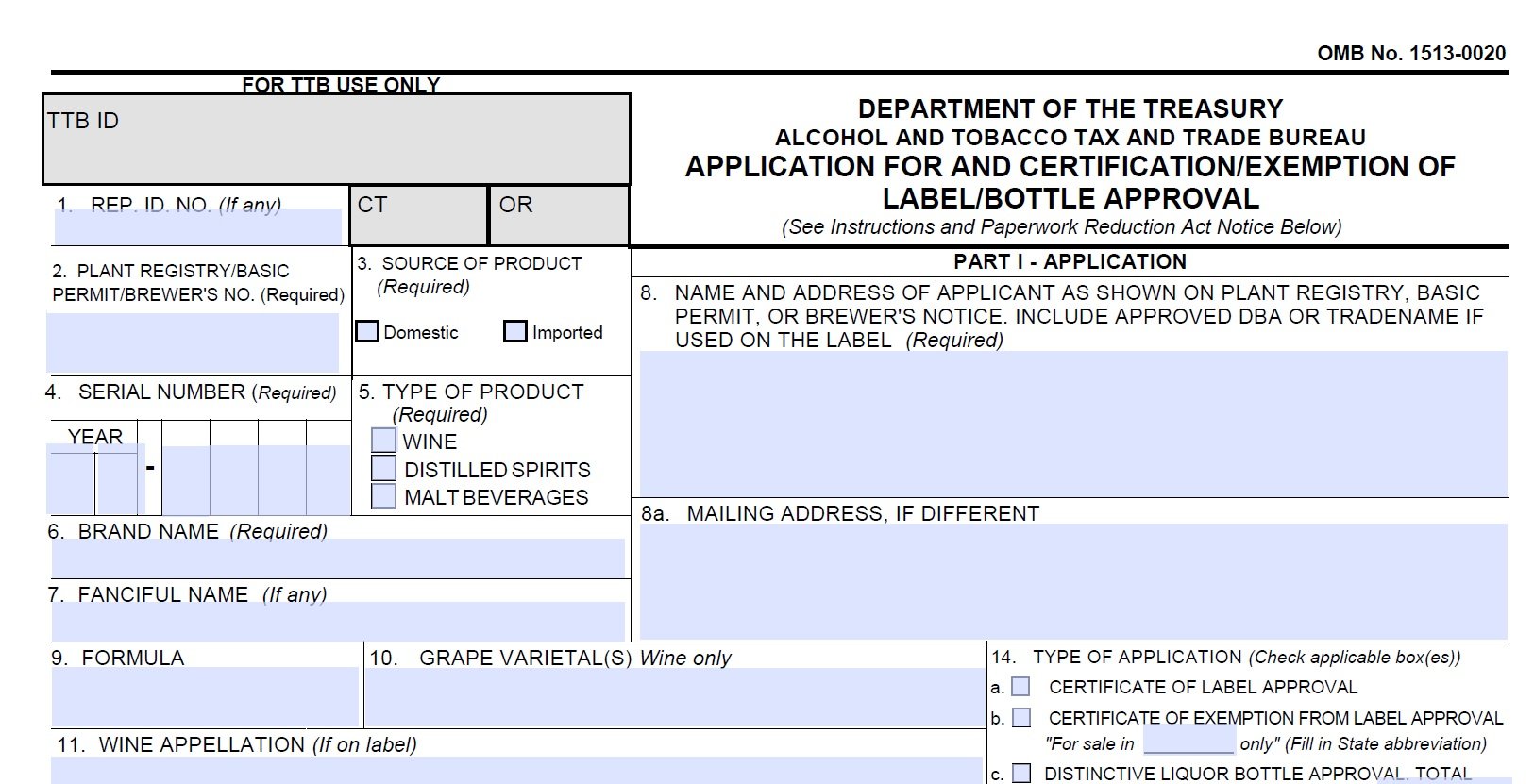
CODO: I’m already a true believer, but for the unwashed who haven’t seen the light — why lagers? Why should people be excited about this “old” beer style?
Rob: Lagers are amazing and in the brewing community often more revered than ales. They are incredibly challenging to make because when done properly the yeast bears little-to-no expression. It finishes completely clean to allow your other ingredients to shine, which also gives them nothing to hide behind. You need superb malts, carefully applied hops and a wealth of experience in managing time, temperature and taste to master the category.
As to some of the history, they are a relatively newer phenomenon than ales. Lagers didn’t really become super popular until the 1860’s. However, they did go on a world tour around then through trade and immigration which flowed right here to the USA. I think they may “feel old” because our perception is skewed by post prohibition dominance of big beer making oceans of fizzy same-ness. It’s the beer your great grandfather drank — right?
If you put the technique and history aside, lagers still offer an incredibly refreshing beer that can be manipulated by skilled brewers to craft a wide world of amazing flavors. That’s why you can get excited.
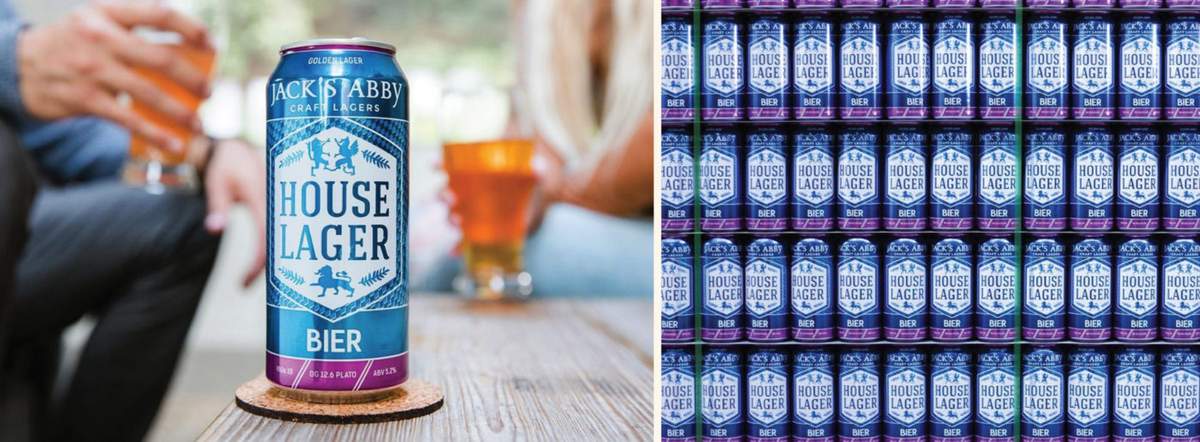
CODO: Craft consumers want variety and novelty (to some degree), which favors the generalist brewery. But Jack’s Abby specializes in lagers. Do you ever get feedback from customers who want a more current style, like a hazy IPA, for instance, or are you able to meet your customers where they are by brewing only one style?
Rob: I think we are able to satisfy a wide range of beer fans by sticking to lagers. As I was saying in the previous question, you can create an excited array of beers in the lager only world.
More importantly though [soap box warning]. I think it’s absolutely critical for a craft brewery to have a reason to be. Why do you exist? What makes you special?
Most anyone can recite some version of the line “If you try to be everything to everyone then you end up being nothing to no one.” But who really lives that? Which breweries can clearly identify their WHY and build a company around it? You need to do that in this world. The competition is too fierce. The consumers are too discerning. You need a reason to exist, and you need to find people who care.
We make some of the best lagers in the country and we live a set of values we can be proud of. Now it’s our job to find the people who align with that and share our story.
But hey, if you want a Hazy IPA then I hope you hit up one of the brands making some great ones!
CODO: What drew you to going in-house vs. finding an agency gig?
Rob: Coming out of college I was certain that I would go the agency route. I studied the great ad agencies religiously, and even toured several throughout college. My first job was selling advertising to CPG companies and the first recession knocked that out, pushing me in-house by default.
Looking back, this is exactly how it needed to be. Agency has its benefits, but I really enjoy being fully-integrated into the company I am working for. You get to develop a sixth sense for the personality of the brand that is very hard to do from the outside. I learn nuanced things that can be expressed in big ways.
Sometimes I feel more akin to an anthropologist. I’m fully embedded with this culture that some time not long ago was completely foreign. I’ve got to learn the language, the internal workings, and the true motivations and then express those to the outside world. It’s exciting and always interesting.
CODO: We’re coming off of one hell of a year for breweries. How did your role as a marketing director shift as the country wrestled with COVID?
Rob: What’s my word count here? Half kidding. My hot take is that fundamentally — nothing changed. My job at the highest level is the shape and share the story of Jack’s Abby. That’s exactly what I am doing today. The story is always changing. Our consumers are changing. In this role, you have to constantly be evolving.
I’m sure buried in this question is some curiosity on how the details changed though, and that’s been like saddling up the cow swirling in the tornado. To best understand this, it’s important to know the business cycle of craft brewing and where we were in March.
We start planning the next year in July and present this to our distribution network in October–December. It’s an extremely long and detailed process to align all of our goals internally and then externally.
Part of that plan for 2020 was the relaunching of our Springdale brand of beers. This was slated for the third week of January and was the prime focus for Jan and February. Essentially speaking, by March we should have just been walking out the execution for all of the work we set up. Unfortunately, all of that went out of the window immediately and we had to start over mid stride.
I liken this part to training for a race while running it. Rally the team. Generate ideas. Roll out something. Evaluate it — FAST. Is it working? Do more. Didn’t land? Drop it. Spend the first 3 weeks accepting that this sucks. Stop worrying about that week 4 and start asking what can we do? Rally the team again. Try some digital versions of real life activities. Change your beer list again. Evaluate it — FAST! Government changes a few rules; adapt again.
That’s the idea. My role is the same. The speed changed, and I am blessed to have a team ready, willing, and able to run with me.
CODO: Give us a rundown of your creative department. How many designers, social media folks, creatives, etc. round out your team?
Rob: I currently run a team consisting of 5 of the most talented beer marketers in the game.
- Kat: PR and Events Manager
- Kelly: Assistant Marketing Manager
- Anna: Graphic Designer II
- Katie: Graphic Designer I
- Jordan: Social Media Manager
Your next read? Maybe our Sober Up series of investigative reports. Check this out. “Sober Up: The nascent Michigan hop industry won’t survive without your help.”
CODO: What is the biggest challenge you face as a marketing director?
Rob: Always a good question, and I never have a great answer. I think the biggest challenge I am currently facing is navigating a very opaque and narrow path of professionalizing the business and marketing efforts while also trying to maintain the charm and personality that makes us who we are.
The increased competition, rapid changing environment and increasing expectations have created the need to professionalize. We have to be organized, concise and compelling to get a message from “brain to bodega.” That takes a different kind of effort than what this industry was built on.
That being said, we can’t become suits and ties. Our personality is our competitive advantage and that needs to shine through or we’re in trouble.
CODO: Are you involved in developing new beer releases / names from a branding standpoint or is that driven entirely by the brewing staff?
Rob: Absolutely! This is an EXTREMELY collaborative effort and it needs to be. Some names / beers go straight from my brain to the shelf. Some from my team. Some from brewing staff and some from our founders as well. It’s both the most fun and thankless job in the business. We need a lot of minds on it pulling from different perspectives.
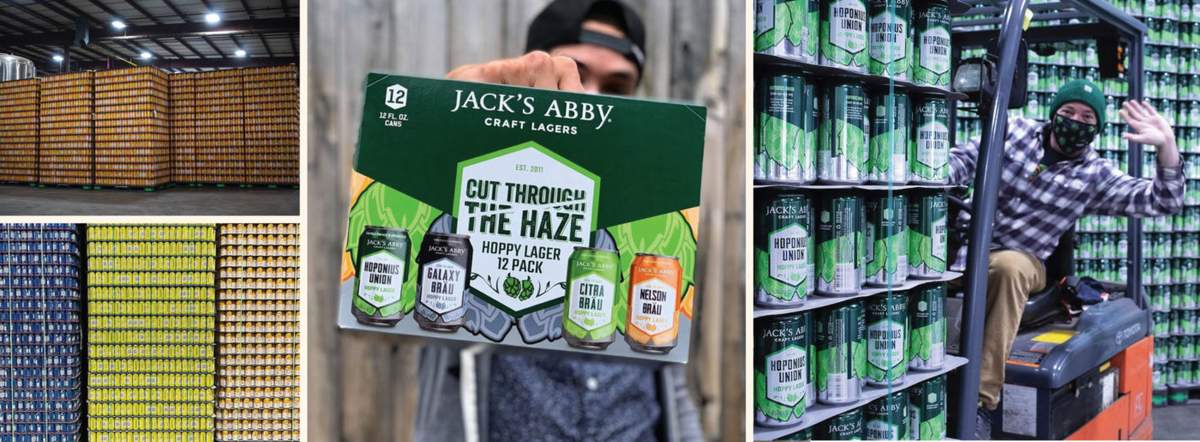
Read the rest of this post over on CODO’s site: https://cododesign.com/in-house-with-jacks-abby/
Join CODO’s Beer Branding Trends newsletter for monthly field notes covering trends, currents and actionable advice from the front lines of beer branding.

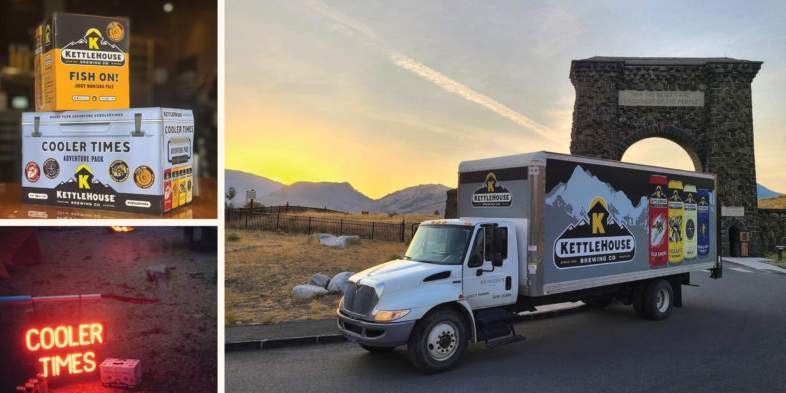
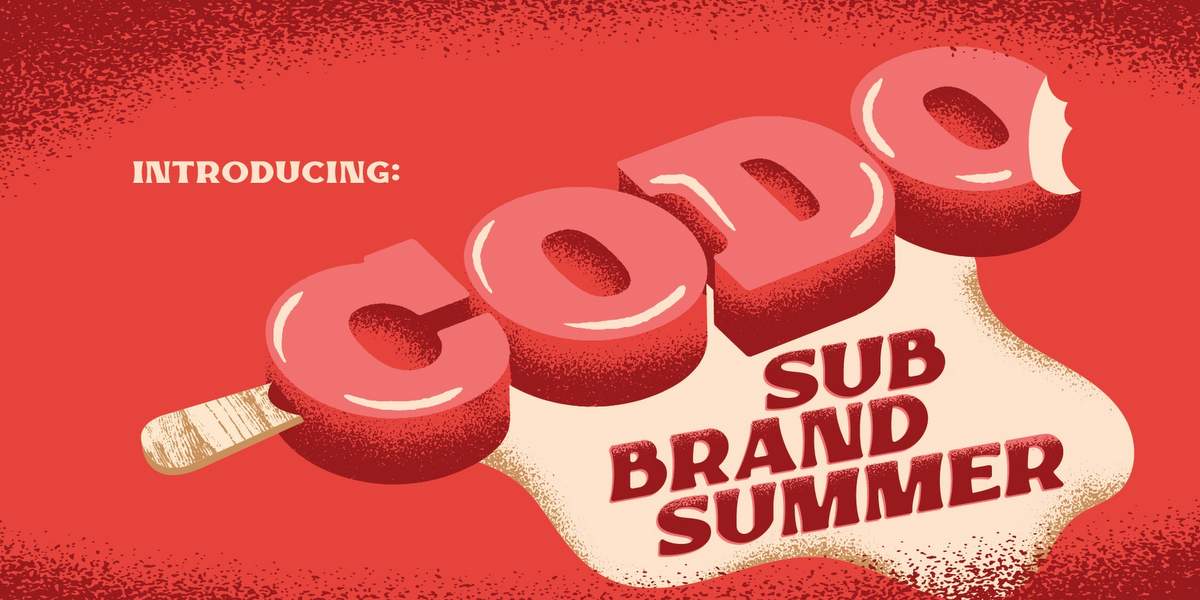
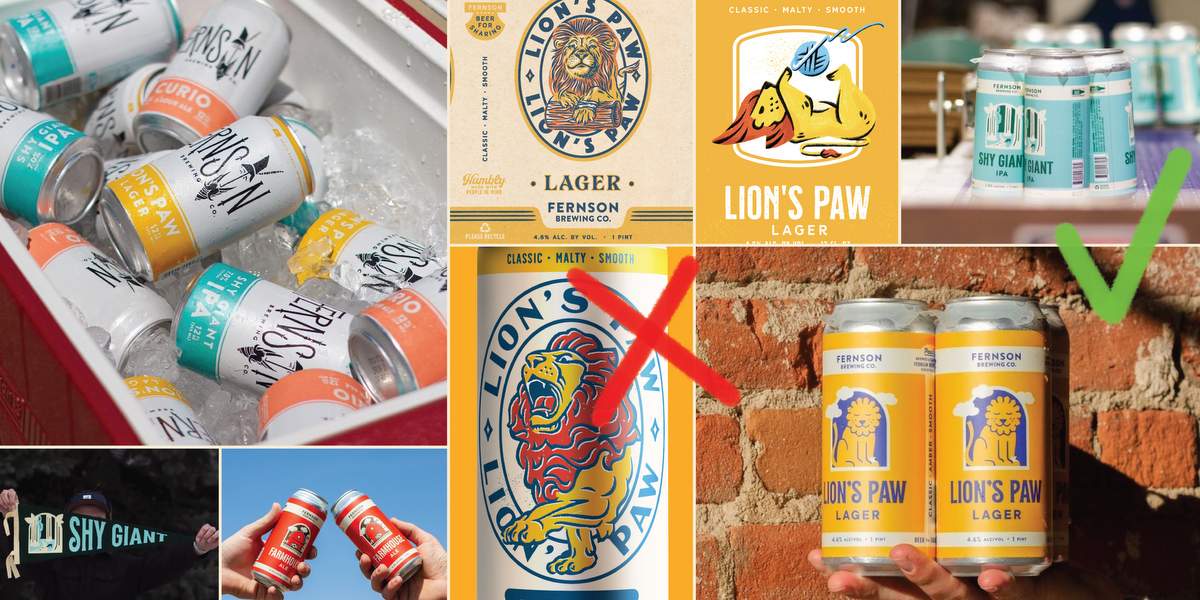
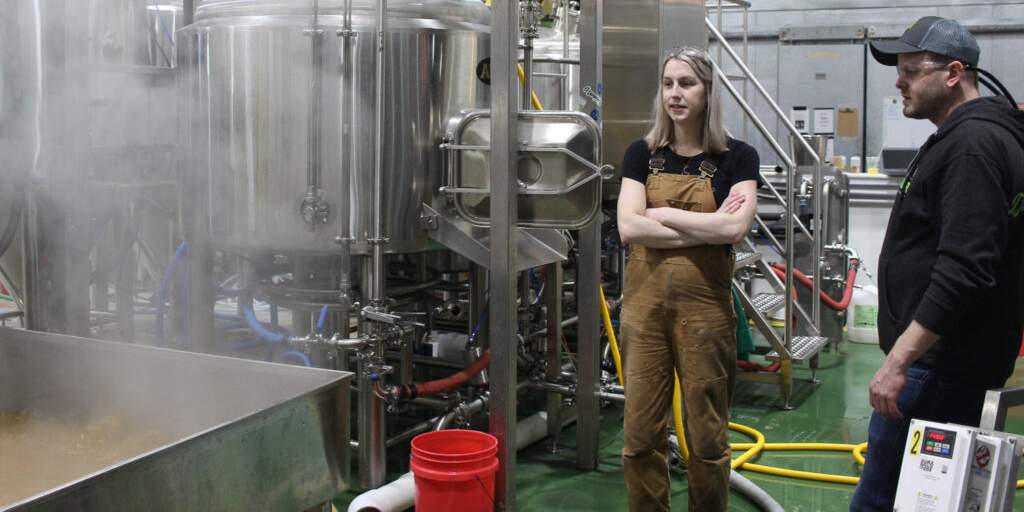
Leave a Reply
You must be logged in to post a comment.